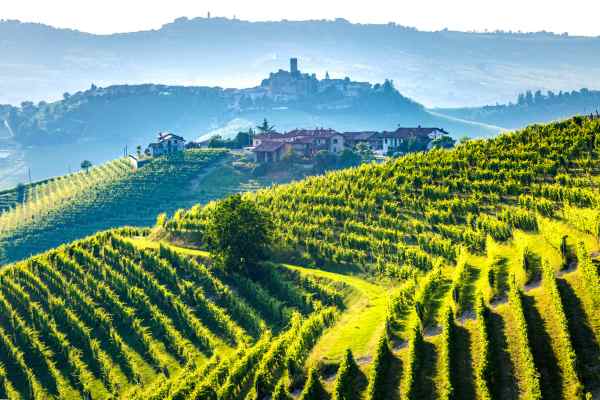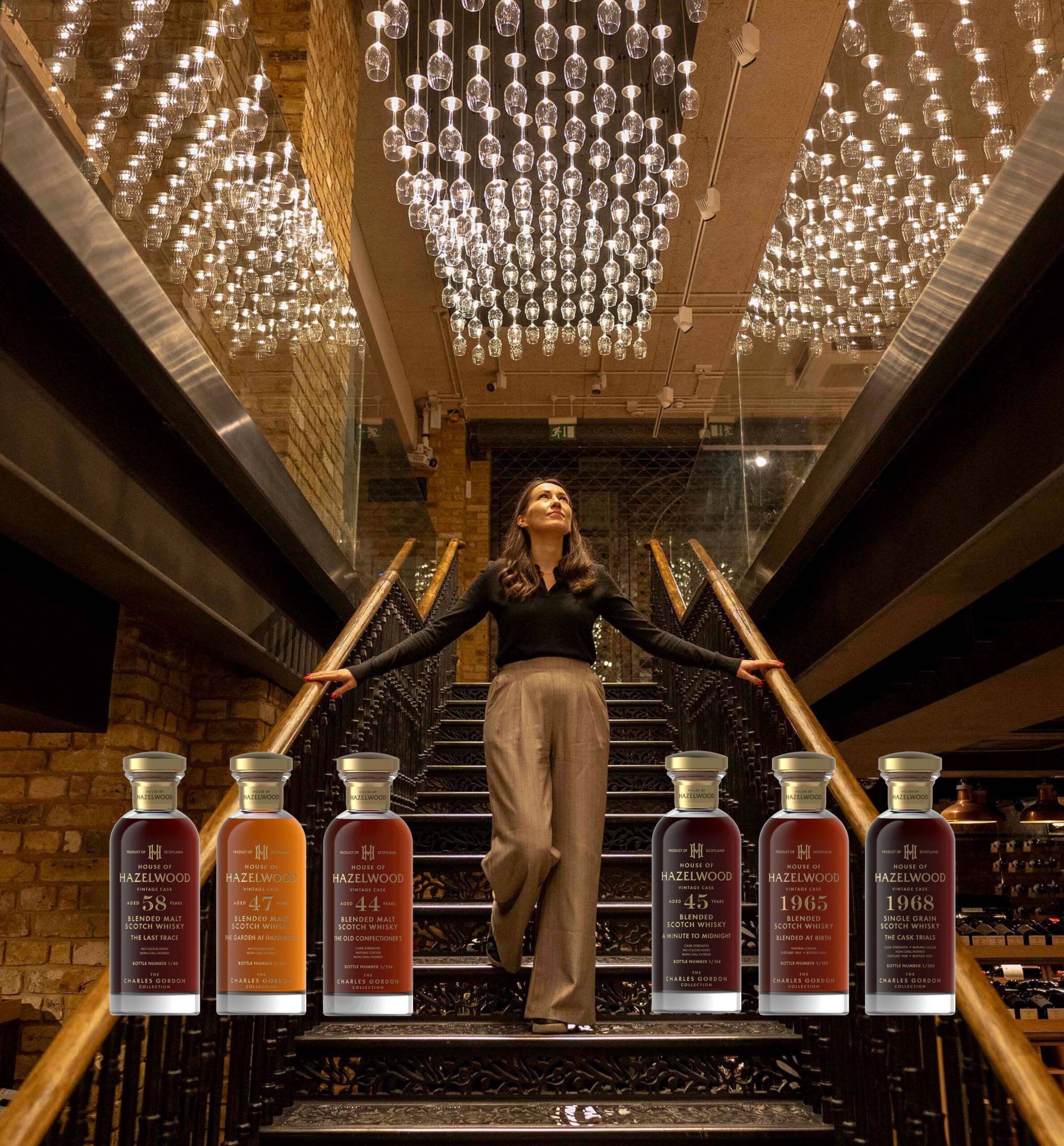Unlocking the Secret to Longevity: The Best Wine Preservation Techniques

The art and science of proper wine storage are often misunderstood, leading to mistakes that can prematurely age or, worse, spoil a prized collection. The goal is to create a controlled environment that minimizes the factors that can negatively impact a wine’s delicate composition. The ideal environment for storing wine is one of cool, consistent temperatures, controlled humidity, minimal light exposure, and a vibration-free space. Adhering to these principles is the first step toward building a lasting legacy. For those looking to elevate their collection, whether through strategic acquisition or long-term management, partnering with a trusted advisor is paramount. Vintage Cellar is committed to guiding clients through every step of this rewarding journey, from the initial selection to the final uncorking of a perfectly aged bottle.
This comprehensive guide will delve into the core principles of the best wine preservation techniques, providing you with the knowledge needed to safeguard your collection for years, or even decades, to come. We’ll explore everything from the science of a stable environment to the practical solutions available, ensuring that your passion for fine wine is matched by your expertise in preserving it. The value of a fine wine lies not just in its current state, but in its potential to evolve and improve over time—a potential that can only be realized through careful preservation.
The Cornerstone of Preservation – Temperature Control
Temperature is arguably the single most important factor in the long-term preservation of wine. A wine’s primary enemies are heat and temperature fluctuations. High temperatures accelerate the aging process at an unnatural rate, “cooking” the wine and stripping it of its complex flavors and aromas. A wine subjected to heat will taste flat, bland, and often have a brownish tint, a sign of irreversible damage. The delicate tannins and acids that give a wine its structure break down, leaving a hollow shell of its former self. Conversely, while extreme cold temperatures are less damaging than heat, they can cause the cork to dry out and shrink, allowing oxygen to seep in and ruin the wine through oxidation.
The ideal wine storage temperature is consistently between 55°F (12.8°C) and 57°F (13.9°C). This narrow range is a sweet spot that allows wine to age slowly and gracefully. Maintaining this stability is critical. Even short periods of exposure to temperatures above 70°F (21°C) can be detrimental, and constant temperature swings are just as bad. For this reason, a kitchen refrigerator is not a suitable place for long-term wine bottle storage, as its temperature is too low and its constant cycling and motor-induced vibration are harmful. A dedicated wine cellar or a specialized wine refrigerator is the only way to guarantee a stable wine storage temperature.
Fluctuations are just as dangerous as sustained high temperatures. When a wine is exposed to constant temperature swings, the wine in the bottle expands and contracts. This can put pressure on the cork, potentially pushing it out, or, as the wine cools, it can pull air into the bottle, causing premature oxidation. The best wine preservation techniques always emphasize stability above all else. This is where a professional wine cellar cooling unit becomes indispensable. These units are specifically designed to maintain a precise and stable temperature, independent of external climate changes. They operate quietly and efficiently, protecting the wine from the very elements that could destroy it. This is a crucial component for any serious collector planning to build vintage wine cellars and protect their substantial investment.
The Silent Partner – Managing Humidity
While temperature gets most of the attention, wine cellar humidity is another critical component of the best wine preservation techniques. The ideal humidity level for a wine cellar is consistently between 60% and 70%. This range is a careful balance that prevents damage from both extremes.
The primary purpose of maintaining this humidity level is to keep the corks from drying out. A cork is a natural material, a bark from the cork oak tree, and it is designed to be slightly porous and elastic. When a cork dries out, it loses its elasticity and shrinks, compromising the airtight seal of the bottle. This shrinkage can allow air to get into the bottle, leading to oxidation, which is one of the most common causes of spoiled wine. For a wine bottle storage solution, especially one for fine wines meant to be aged for many years, humidity control is non-negotiable. The wine-soaked side of the cork stays moist, but the side exposed to air needs humidity to maintain its integrity.
Too much humidity, on the other hand, can also be problematic. Excessive moisture can cause mold and mildew to grow on the outside of the bottle, specifically on the cork and labels. While this mold doesn’t typically affect the wine inside, it can damage the bottle’s aesthetic and, more importantly, impact its value. This is particularly significant for collectible wines where the condition of the label is a key factor in resale price. A well-designed wine cellar requires a humidifier or dehumidifier to maintain the optimal wine cellar humidity and ensure your collection is in pristine condition, both inside and out.
The Importance of a Proper Storage System
The way you physically store your bottles is also a part of the best wine preservation techniques. The most common mistake is storing bottles upright for an extended period. When a bottle is stored vertically, the wine is not in contact with the cork. This causes the cork to dry out and shrink, leading to the same oxidation problems discussed earlier. The correct method for long-term storage is to place bottles on their side. This simple act ensures that the wine is constantly in contact with the cork, keeping it moist and preventing it from drying out, thus maintaining the crucial seal.
A good wine storage rack is essential for this. A rack should cradle the bottles horizontally and be constructed from a material that won’t absorb smells or chemicals that could taint the wine. Materials like metal or untreated wood, such as redwood or mahogany, are popular choices because they are stable and odor-neutral. For those with a larger collection, or those who lack the space, a professional wine storage facility may be the most practical and secure solution. These facilities provide not only climate-controlled environments but also professional handling, security, and often insurance—which is a great way to protect your investment and free up valuable space at home. A quality wine storage rack is the foundational piece of any home storage solution, large or small, but for comprehensive peace of mind, a professional facility offers unparalleled benefits.
The Role of Light and Vibration
Light, especially direct sunlight and fluorescent light, can be detrimental to wine. UV rays from light can cause wine to age prematurely and develop a fault known as “light-struck,” where the wine takes on unpleasant, cabbage-like odors. This is why wine is traditionally bottled in dark-colored glass, such as green or brown. While this offers some protection, it is not enough for long-term storage. To practice the best wine preservation techniques, you should store your wine in a completely dark environment.
Vibration is another often-overlooked threat to fine wine. Even subtle vibrations from appliances like a washing machine, a furnace, or a refrigerator can disturb the delicate sediment in the bottle and disrupt the slow, chemical reactions that occur during aging. This constant agitation prevents the wine from settling and maturing properly, potentially affecting its structure and complexity. The goal is to store wine in a completely still environment. A wine storage rack should be sturdy and placed in a location away from sources of vibration. The professional environment of a wine storage facility is designed to eliminate these issues entirely, providing a sanctuary of stillness. The ideal wine cellar is a serene, calm space where bottles can rest undisturbed for their long, transformative journey.
Building Your Ultimate Wine Sanctuary

For a dedicated home cellar, you’ll need to consider:
- A Stable Location: Choose a basement or a part of your house that is naturally cool and away from sunlight and vibration. A professional wine cellar consultants from Vintage Cellar can help you identify the best location and plan the layout.
- A Wine Cellar Cooling Unit: This is the heart of your cellar. It will maintain the perfect wine storage temperature and humidity. Without a dedicated cooling unit, a cellar is just a cool room, prone to fluctuations.
- Proper Racking: A high-quality wine storage rack is not just for aesthetics; it’s a functional tool for keeping bottles secure and positioned correctly.
- A Humidifier/Dehumidifier: This is necessary to maintain the ideal wine cellar humidity. A good cooling unit often includes this feature, or it can be a separate system.
- Lighting: Use low-intensity, non-UV emitting LED lights, or keep the cellar dark and use a flashlight when retrieving bottles.
For those who do not have the space or resources for a full cellar, modern wine refrigerators and cabinets are excellent alternatives. They offer the same benefits of a controlled environment on a smaller scale. These units are designed for optimal wine bottle storage, maintaining the correct temperature and humidity while protecting from light and vibration.
For serious collectors and investors, a wine storage facility offers the best of all worlds. These facilities provide ideal climate control, state-of-the-art security, and often come with a team of experts who can assist with inventory management and tracking. For those with extensive collections or who frequently acquire new bottles, using a professional wine storage facility can be a game-changer. Vintage Cellar provides state-of-the-art storage solutions, ensuring every bottle is handled with care and stored under the most exacting conditions.
The best wine preservation techniques are not just about protecting your wine; they are about honoring the craftsmanship and history behind each bottle. Proper storage is the final step in a long process that began in a vineyard, and it is your responsibility to see it through. By understanding and applying these techniques, you ensure that every bottle reaches its full potential, a reward for your careful stewardship.
The Vintage Cellar brand is built on a foundation of expertise and trust, providing collectors with the tools and advice they need to succeed. Our dedicated team of wine cellar consultants is available to help you design a home cellar, manage your inventory, or find the perfect wine storage facility for your needs. We believe that every bottle has a story, and our mission is to ensure that story has a happy ending.
In conclusion, a perfect wine cellar is a delicate balance of the right wine storage temperature, proper wine cellar humidity, and a well-designed wine storage rack. By focusing on these elements and eliminating threats from light and vibration, you are practicing the best wine preservation techniques available. Whether you choose a home cellar, a dedicated wine fridge, or a professional wine storage facility, the principles remain the same. The reward is a collection of perfectly aged wines, ready to be enjoyed when the time is right. With the right strategies and a partner like Vintage Cellar, you can unlock the full potential of your fine wine collection and secure its legacy for future generations.
Contact us here.








